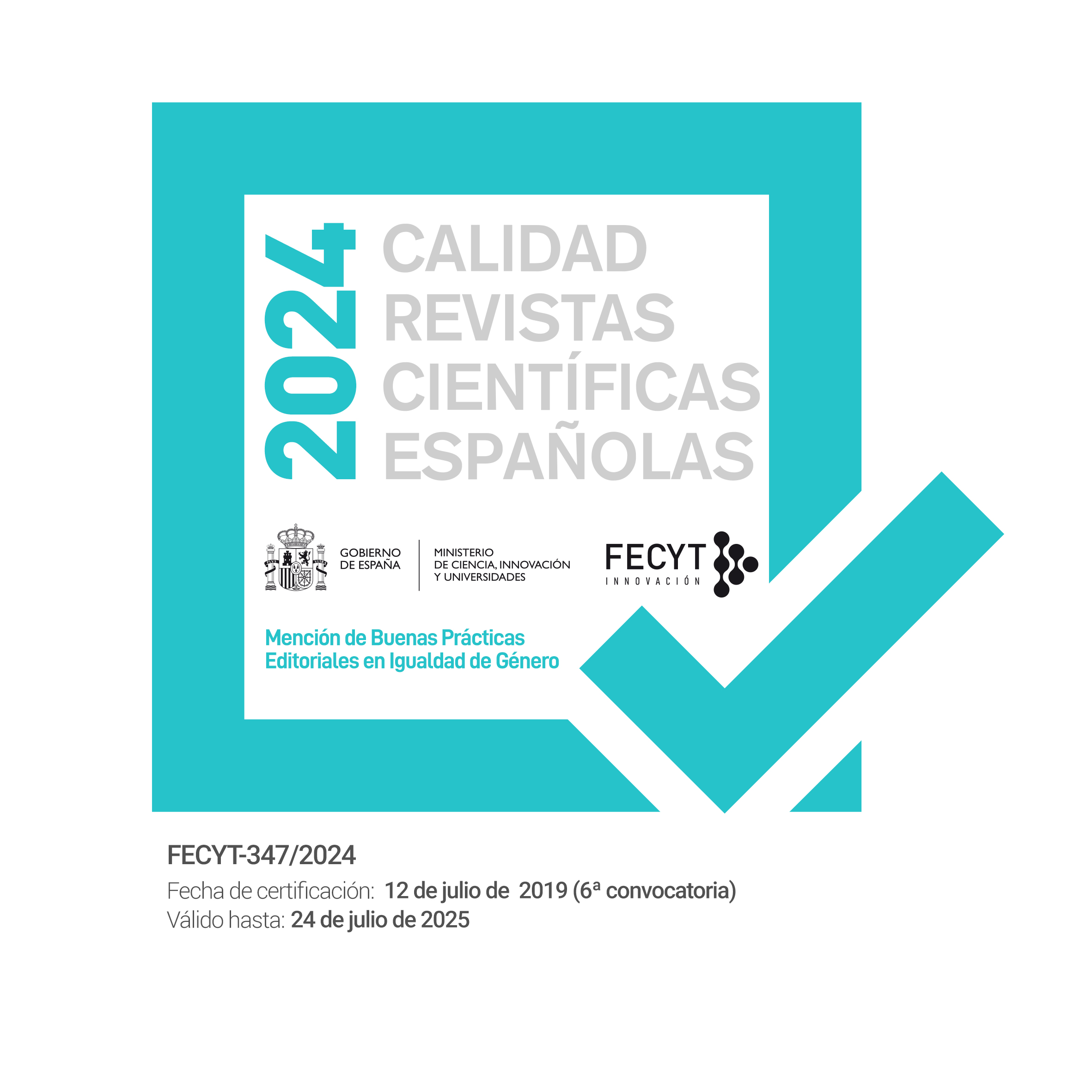PERFORMING DOUBT: THE ART OF BELIEVING IN EARLY MODERN SPAIN
DOI:
https://doi.org/10.5944/etfvii.1.2013.11891Keywords:
work of art context, relation between art and reality, religious imagery in Early Modern SpainAbstract
If it is true that works of art belong to a context, it is also important to bear in mind that they also help to define it. This dialogic relation, this complicity, as it were, between art and reality, between the object of art and their agents- patrons, potential public and censors- does not always receive the attention it deserves. The present article proposes a model of analysis for one of the most representative aspects of material and figurative culture in early modern Spain: the sacred image. The article problematizes the definition of religious imaginary as devotional, and investigates the narrative elements with which images define the religious experience. Placing the medium and not the message in the center of attention –as it is argued in this text-offers an alternative to those explanation models in which the work of art is presented as the reflection (be it spontaneous or censured) of its context.Downloads
Download data is not yet available.
Downloads
How to Cite
Pereda, F. (2014). PERFORMING DOUBT: THE ART OF BELIEVING IN EARLY MODERN SPAIN. Espacio Tiempo y Forma. Serie VII, Historia del Arte, (1), 67–82. https://doi.org/10.5944/etfvii.1.2013.11891
Issue
Section
DOSSIER







